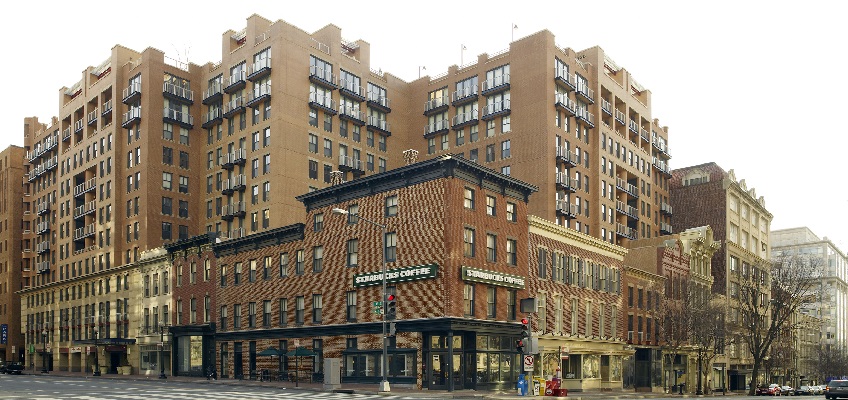
Clara Barton Missing Soldiers Office: New Life for 150-year Old Office Space
Post filed in: Historic Preservation | Historic Preservation Month | Public Buildings Service
This May, as we recognize both Historic Preservation Month and Memorial Day, it is fitting to reflect on U.S. General Services Administration’s (GSA) remarkable achievement in the stewardship of the Clara Barton Missing Soldiers Office and its proactive partnership with the National Museum of Civil War Medicine.
In early 1865, as the Civil War concluded, Clara Barton, the “Angel of the Battlefield,” turned her energies from wounded soldiers to the tens of thousands of missing soldiers. In February of 1865, President Lincoln endorsed Barton’s proposal to set up a clearinghouse to receive letters from family and friends of missing Union soldiers and to seek information about the circumstances of their deaths. Over the next three years, the Office of Correspondence with Friends of the Missing Men of the U. S. Army (Missing Soldiers Office), staffed by Barton and a handful of clerks on the third floor of a building on Seventh Street in downtown Washington, D.C., received 63,182 inquiries and sent out more than 100,548 handwritten and form letters as part of a highly efficient information exchange. The office assembled and published 99,057 copies of “Roll of Missing Soldiers.” Five different editions were printed, each containing 1,500 names. The rolls were posted throughout the country and reprinted in newspapers, with the request that information be sent to the office at 488 ½ Seventh Street (now 437 Seventh Street). From 1865 to 1868, Barton traveled extensively through the country, seeking information and lecturing on her battlefield experiences. By the time Barton submitted a final report to Congress in 1868 and closed the Missing Soldiers Office, it had transmitted information to the families of more than 21,000 missing men, providing untold solace as well as valuable documentation enabling pensions for widows and children.
In time, the story and location of the office was forgotten. Then, in 1997, Richard Lyons, a GSA employee securing properties transferred to GSA for disposal, discovered clothing, papers, and other nineteenth-century items in the attic of the Seventh Street building. This discovery brought attention to the suite of rooms on the third floor that had served first as Clara Barton’s home and storeroom, and then as the Missing Soldiers Office. In recognition of its significance, GSA maintained a preservation easement on the third floor when the property was sold for redevelopment. GSA experts collaborated with external and internal stakeholders, real estate developers, conservators, designers and architects to preserve the artifacts, enter into an operating agreement with the National Museum of Civil War Medicine, and selectively restore the easement spaces for museum use. During National Preservation Month last year, GSA was awarded a 2015 District of Columbia Award for Excellence in Historic Preservation for the design and construction of the third floor restoration and in August 2015 the Clara Barton Missing Soldiers Office Museum was officially dedicated.
Today, the museum rooms and artifacts on display, including a sign identifying Room 9 as the Missing Soldiers Office, provide new insight into Clara Barton’s Civil War experience and her heroic efforts to relieve the suffering of Union soldiers and their families. GSA’s role in the discovery and preservation of this unique place continues through the partnership agreement and various activities, which ensure proper care and interpretation of the artifacts and restored spaces. Learn more about museum events at http://www.clarabartonmuseum.org/.

 U.S. General Services Administration
U.S. General Services Administration
